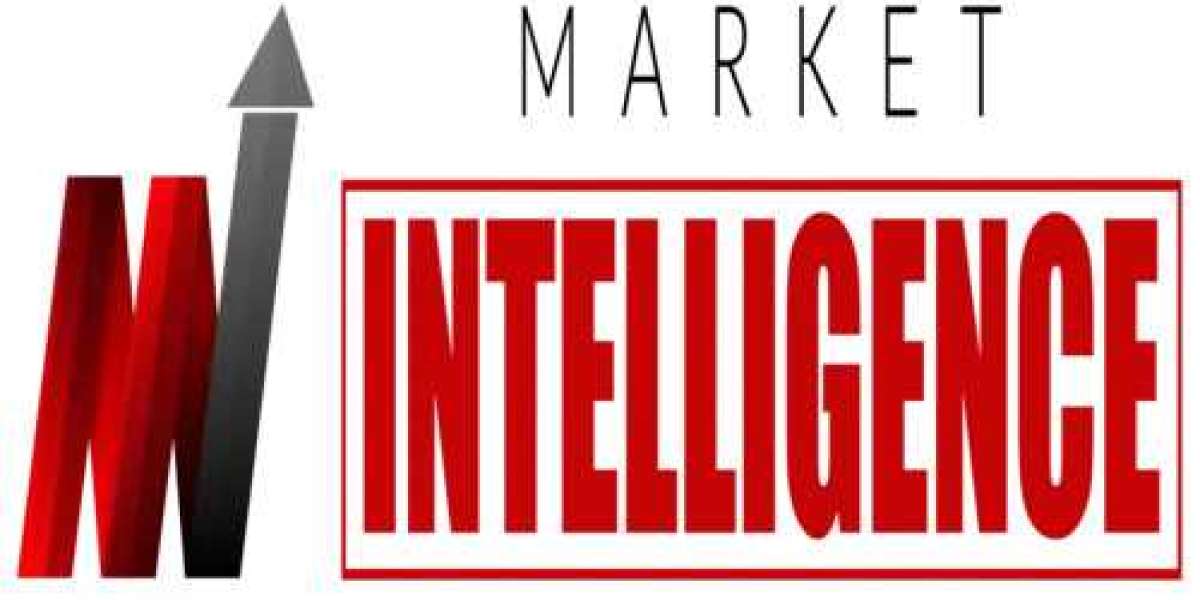In today's fast-paced digital economy, businesses that want to stay competitive are increasingly investing in custom enterprise application development. These tailor-made solutions allow organizations to streamline operations, boost productivity, and offer seamless customer experiences. However, one of the most common questions decision-makers face is, “What will it cost to develop an enterprise app tailored to our needs?”
This blog dives deep into the cost structure of custom enterprise application development, breaking down the key components, influencing factors, and hidden expenses you should be aware of before starting your journey.
Why Go Custom?
Before we dissect the cost, it's important to understand why enterprises choose custom solutions over off-the-shelf software.
While commercial software offers convenience, it often falls short in flexibility, scalability, and integration capabilities. Custom applications, on the other hand, are built around your unique business logic, processes, and user needs. This often results in higher upfront costs but far better ROI in the long run.
The Core Components of Custom Enterprise Application Development Costs
Let’s break down the typical cost categories you’ll encounter:
1. Discovery and Planning Phase
Cost Range: 5%–10% of the total project budget
This is the foundation of your project. It involves:
Requirement gathering
Stakeholder interviews
Market and user research
Technical feasibility analysis
Wireframing and prototyping
Investing in this phase ensures clarity, reduces the risk of scope creep, and aligns business goals with technical execution.
Tip: Skimping on planning can lead to misalignment later—costing you far more than what you save upfront.
2. Design and User Experience
Cost Range: 10%–15%
UI/UX design is crucial for user adoption. A well-designed app reduces training time and improves efficiency. This phase includes:
User journey mapping
UI mockups and interactions
Feedback loops and iterations
Modern enterprise users expect intuitive interfaces, even in complex B2B applications.
3. Backend and Frontend Development
Cost Range: 35%–50%
This is where the heavy lifting happens. Your app's backend handles business logic, database operations, integrations, and security. The frontend, meanwhile, is what users interact with.
Factors affecting development cost:
Complexity of features (e.g., user roles, workflow automations)
Real-time data syncing
Custom dashboards or analytics
Role-based access control
Offline functionality
The choice of technology stack also plays a role here. For example, teams investing in nearshore Flutter app development often benefit from faster cross-platform rollout and reduced costs, thanks to Flutter’s single codebase.
4. API Integration and Third-party Services
Cost Range: 5%–15%
Most enterprise applications don’t work in isolation. They need to connect to:
ERPs and CRMs
Payment gateways
Cloud storage
Analytics platforms
External data APIs
Every integration adds to the cost—especially if the third-party service requires customization or isn’t well-documented.
5. Security & Compliance
Cost Range: 5%–10%
Security is non-negotiable in enterprise-grade software. The cost will vary based on:
Data sensitivity
Regulatory requirements (e.g., HIPAA, GDPR, SOC2)
Authentication protocols (e.g., SSO, OAuth)
Data encryption and tokenization
If your business handles sensitive data or operates in regulated industries, budget extra for penetration testing and compliance certifications.
6. Testing and Quality Assurance
Cost Range: 10%–15%
Testing isn’t just about squashing bugs. It’s about delivering a consistent and reliable user experience. This stage includes:
Unit and integration testing
Performance and load testing
User acceptance testing
Automated regression testing
Skipping QA or underinvesting here leads to unstable releases and higher maintenance costs.
7. Deployment and DevOps
Cost Range: 3%–7%
Once your app is tested and approved, it needs to be deployed in a scalable, secure environment. DevOps setup may include:
CI/CD pipeline configuration
Containerization with Docker/Kubernetes
Cloud infrastructure setup (AWS, GCP, Azure)
Monitoring and alert systems
If you're deploying across multiple environments (e.g., staging, production), this adds additional complexity and cost.
8. Ongoing Maintenance & Support
Annual Cost: 15%–20% of initial development cost
After launch, the journey isn’t over. Ongoing tasks include:
Bug fixes and patches
Performance tuning
Feature upgrades
Infrastructure monitoring
Scaling as user base grows
Partnering with a development team that offers proactive support ensures business continuity and user satisfaction.
Factors That Influence Cost Beyond Development
1. Project Scope and Complexity
A simple internal CRM will cost far less than a multi-module logistics or ERP platform. Complexity in business rules, user roles, and custom workflows can multiply development hours.
2. Team Structure
Hiring freelancers or an in-house team may initially seem cost-effective. But for large-scale applications, working with experienced development partners—like Fx31 Labs—who offer structured processes and cross-functional teams can lead to better quality and reduced long-term costs.
3. Location of Development Team
Nearshore teams strike a balance between cost and quality. For example, companies opting for nearshore Flutter app development enjoy timezone alignment, cultural compatibility, and significant cost savings compared to local or offshore models.
4. Licensing and Infrastructure
Don’t forget recurring costs such as:
Cloud hosting
API licensing fees
Enterprise-grade database licenses
Monitoring tools
These should be factored into your long-term budget.
5. Time-to-Market
Rushed timelines often lead to higher costs. Accelerating development might require more developers, overtime, or reduced QA cycles—all of which impact the budget and quality.
Sample Cost Estimates by Application Type
While exact figures vary widely, here’s a rough benchmark:
| Application Type | Estimated Cost (USD) |
|---|---|
| Basic Internal Tool | $30,000 – $60,000 |
| Mid-Sized CRM or ERP Module | $80,000 – $150,000 |
| End-to-End Logistics Platform | $200,000 – $500,000+ |
Remember, these are ballpark figures. The final price depends on scope, team, tech stack, and support plans.
How to Optimize Your Budget
You don’t always need to build everything at once. Here’s how to be cost-smart:
Start with MVP: Focus on core features. Build, test, and iterate based on real user feedback.
Use reusable components: Open-source libraries or internal component libraries reduce dev time.
Embrace Agile development: It helps identify and resolve issues early, preventing expensive rework.
Prioritize features: Not every feature adds value. Keep your roadmap focused.
Final Thoughts
Custom enterprise application development is a powerful investment for businesses ready to scale, optimize, and innovate. But it comes with a price tag—one that is influenced by a wide range of variables. Understanding each cost component helps you plan better, set realistic expectations, and avoid budget overruns.
Whether you're building your first enterprise app or modernizing a legacy system, taking a structured approach to budgeting will lead to better outcomes.
At Fx31 Labs, we specialize in crafting scalable, secure, and user-centric enterprise applications, with proven experience in areas like nearshore Flutter app development. Our team helps businesses translate complex workflows into seamless digital solutions—cost-effectively and efficiently.








